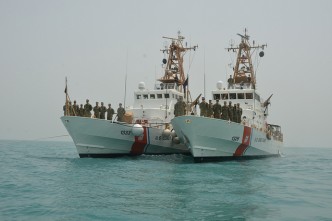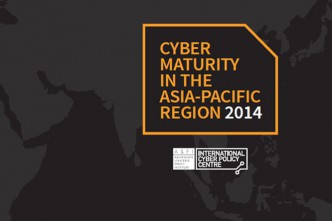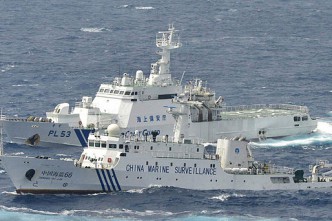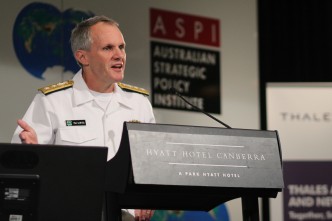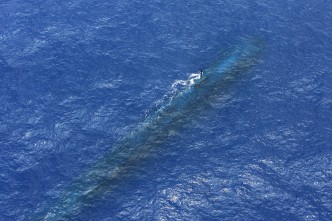Since 2009, China’s non-military maritime law authority vessels have engaged in low intensity coercive activities (PDF) designed to alter the status quo in China’s maritime periphery. Regional states have largely been at a loss as …
Everyone seemed to miss it—a statement in public (at ASPI’s Submarine Choice conference) from the chairman of the Western world’s largest and most successful builder of conventional submarines: a fleet of 12 large state-of-the-art boats …
One of the things that any new Minister for Foreign Affairs has to decide is where to focus his or her attention within an extensive portfolio. Foreign affairs spans a wide field including security, prosperity, …
‘The Ukraine-Russia Cyber War is Heating Up’, ‘Catastrophic Heartbleed bug exposes 60% of private internet data’, ‘NSA surveillance program reaches ‘into the past’ to retrieve, replay phone calls’. The public discussion surrounding cyberspace is fraught …
At last week’s submarine conference, the following exchange took place between Dr Hans Christoph Atzpodien of TKMS and RADM (Rtd) Göran Larsbrink of Sweden, prompted by a question from the floor. Given the potential contribution …
Charles Miller offers an excellent overview of the large-sample econometric debate among political scientists about whether globalisation can reduce the possibility of war. I’d like to build on his post by digging a little deeper …
Tribalism isn’t the scourge it once was in the Australian military. Sure, they still have tribes, but they don’t go to war with each other as often. And the tribes have found better ways to …
It was submarine-mania at ASPI this week with our international conference ‘The Submarine Choice’ held 9–10 April. And we’d like to extend a big thanks to all—speakers, sponsors, participants and venue staff—who made it a …
The United States, China and Russia have so far been the key players in the Internet governance debate. As we showed last week, while the multi-stakeholder and statist schools of thought have shaped the discussion, …
The unfolding strategic environment in Asia is generating two strategic competitions: one horizontal and one vertical. The horizontal competition is highly visible: indeed, we see the evidence of it almost daily, as regional countries contest …
The Abbott government is hard at work burying the 2013 Defence White Paper as it prepares a new version to be released next year. Because of the way my mind works, I carried a copy …
ASPI’s ‘Submarine Choice’ conference has highlighted much more than the central dilemma confronting Australia: what sort of submarines do we need and how should we acquire them? Various speakers have spoken of the broader consequences …


